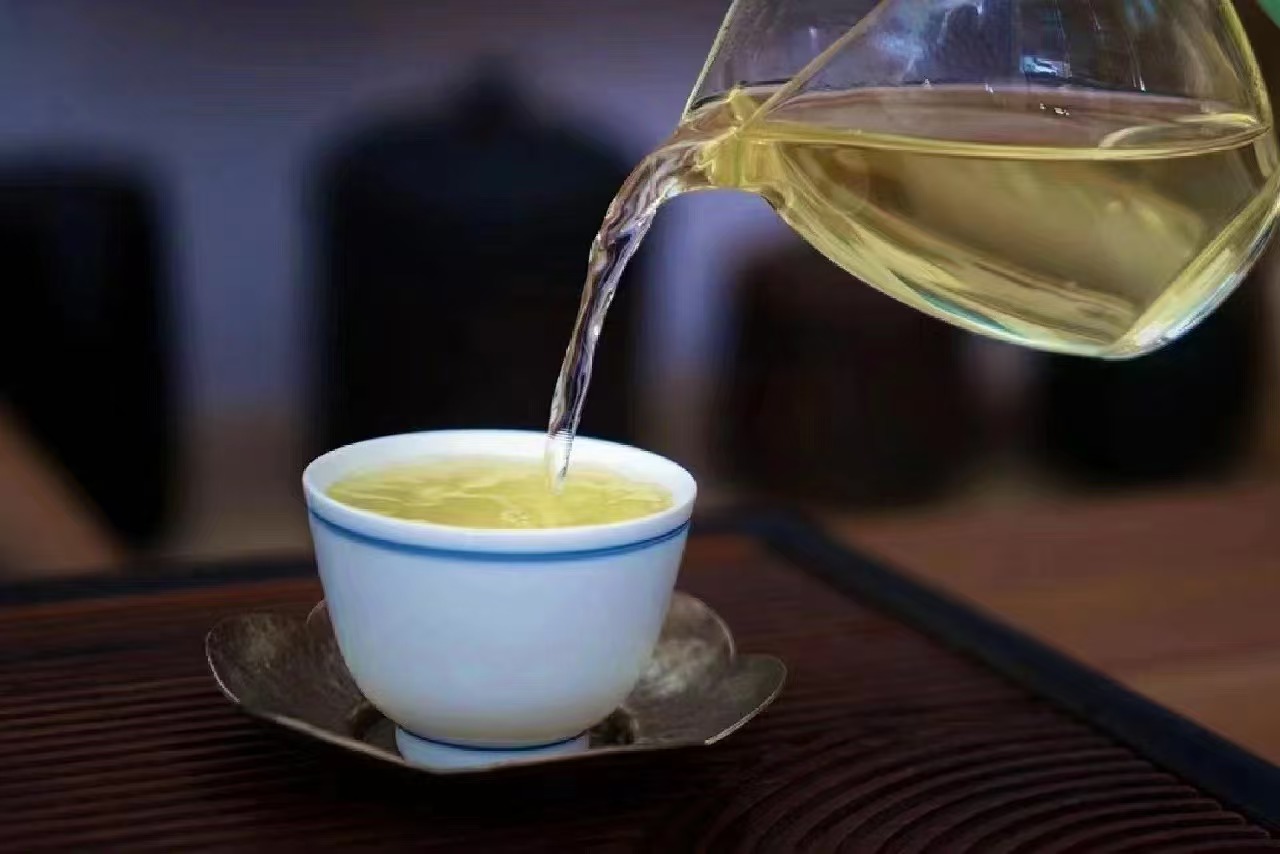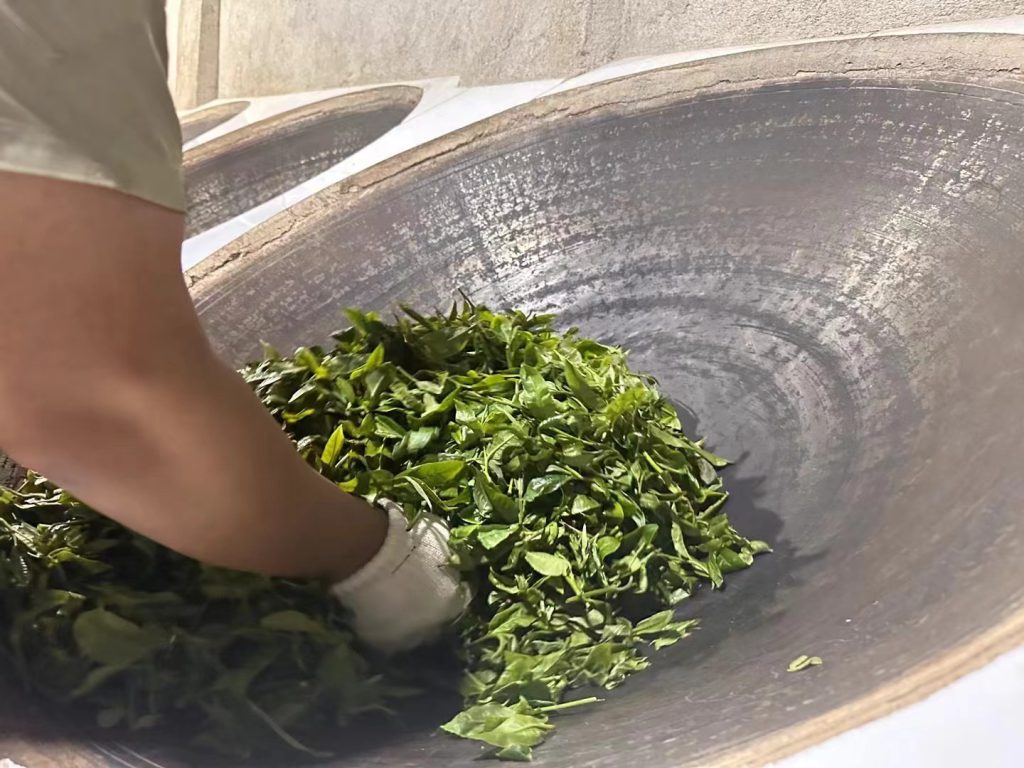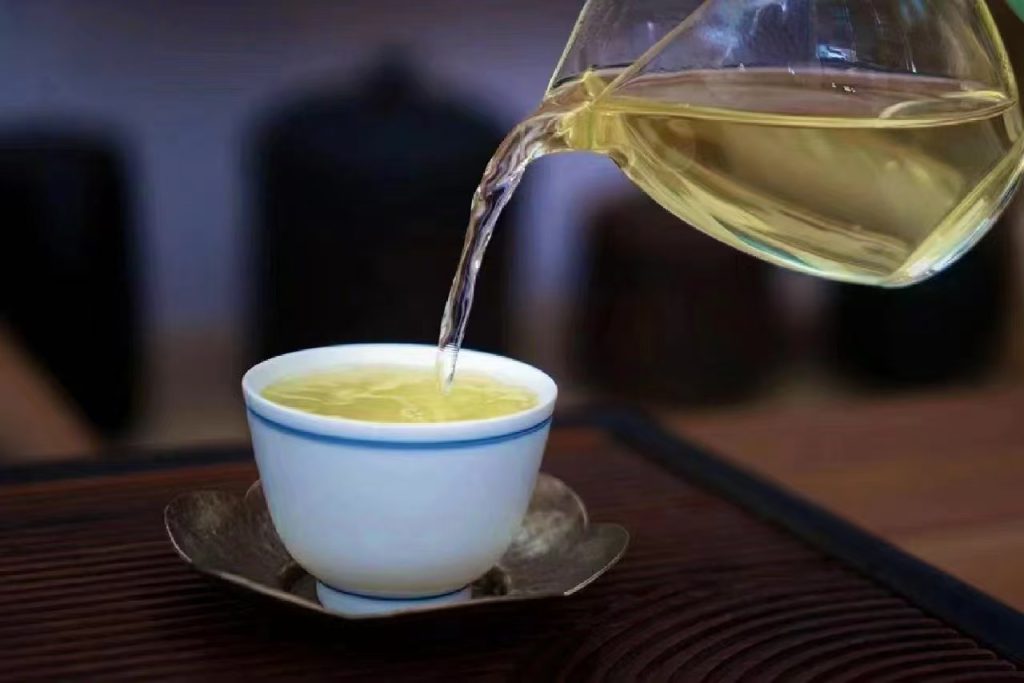Your cart is currently empty!

Introduction
Pu-erh tea, a unique and fascinating beverage from China, has gained popularity worldwide for its distinctive flavor, health benefits, and cultural significance. This essay aims to provide an in-depth introduction to Pu-erh tea, highlighting its origins, production process, varieties, and the reasons behind its growing global appeal.
The Origins of Pu-erh Tea
Pu-erh tea is indigenous to Yunnan province, China, in the southwestern region known for its rich biodiversity and ancient tea trees. The history of Pu-erh tea dates back over a thousand years, with its production and consumption deeply rooted in the local culture and traditions.
According to historical records, Pu-erh tea originated in the six major tea mountains of Xishuangbanna, including Yibang, Mangzhuan, Gedeng, Manzhuan, Mangzhi, and Mansa. These tea mountains were famous for producing high-quality tea leaves. The tea was initially consumed locally but gradually gained recognition beyond Yunnan, becoming a favored beverage among the imperial courts and nobility.

Production Process
The production of Pu-erh tea is a complex and meticulous process that involves several key steps. Each step is crucial in developing the tea’s unique flavor and aroma.
- Harvesting
The leaves are picked from ancient tea trees, which can be hundreds of years old. These trees are prized for their ability to produce high-quality tea leaves with a distinct flavor. The harvesting season typically occurs in the spring when the tea leaves are fresh and tender. - Withering
After harvesting, the leaves are left to wither in the sun, reducing their moisture content. This step is crucial in preparing the leaves for the next stage of production. - Rolling
The withered leaves are then rolled to bruise them, releasing their juices. This process helps in developing the tea’s aroma and flavor. - Fermentation
The rolled leaves are then allowed to ferment. For raw Pu-erh (sheng), this fermentation is minimal, while for ripe Pu-erh (shou), it is more extensive and can take several months or even years. The fermentation process gives Pu-erh tea its unique flavor and aroma. - Drying
After fermentation, the leaves are dried and shaped into cakes, bricks, or balls. This step helps in preserving the tea and making it easier to store and transport. - Aging
Pu-erh tea is then aged, which can enhance its flavor and aroma. The aging process is what gives Pu-erh tea its unique character and makes it highly sought after by tea connoisseurs. The longer the tea is aged, the smoother and more complex its flavor becomes.

Varieties of Pu-erh Tea
There are two main types of Pu-erh tea: raw (sheng) and ripe (shou). Each type has its own unique characteristics and brewing methods, adding to the complexity and depth of the tea.
- Raw Pu-erh
Raw Pu-erh undergoes minimal fermentation and aging. It has a fresh, bright flavor and is often preferred by tea connoisseurs. The tea has a greenish hue and a slightly grassy aroma. As it ages, the flavor becomes smoother and more complex, with notes of earthiness and sweetness. - Ripe Pu-erh
Ripe Pu-erh is subjected to a longer fermentation process, which gives it a smoother, earthier flavor. It is often more accessible to those new to Pu-erh tea. The tea has a reddish-brown hue and a rich, mellow aroma. The flavor is smooth and round, with notes of caramel and wood.

Health Benefits of Pu-erh Tea
Pu-erh tea is believed to offer a range of health benefits, making it a popular choice among health-conscious individuals. Some of these benefits include:
- Weight Loss
Pu-erh tea is thought to aid in weight loss by boosting metabolism and reducing appetite. Studies have shown that regular consumption of Pu-erh tea can help in reducing body weight and waist circumference. - Digestive Health
The fermentation process of Pu-erh tea produces probiotics that can improve gut health. These probiotics help in maintaining a healthy balance of bacteria in the gut, promoting better digestion and overall gut health. - Cardiovascular Health
Regular consumption of Pu-erh tea may help lower cholesterol and improve heart health. The tea contains antioxidants that can help in reducing inflammation and protecting the heart from damage. - Anti-Aging
The antioxidants in Pu-erh tea can help combat oxidative stress and promote skin health. These antioxidants help in protecting the skin from damage caused by free radicals, reducing the signs of aging such as wrinkles and fine lines.
Cultural Significance of Pu-erh Tea
In addition to its wonderful flavor and health benefits, Pu-erh tea also holds a special place in Chinese culture. It is often served during important social gatherings and is considered a symbol of hospitality and friendship.
In Yunnan, the birthplace of Pu-erh tea, the tea is an integral part of local culture and traditions. It is served during festivals, weddings, and other important occasions as a gesture of welcome and respect. The tea is also used in traditional medicine, believed to have healing properties that can aid in various health conditions.
Moreover, Pu-erh tea plays a significant role in the economy of Yunnan province. The tea industry is a major source of income for many local farmers and communities, contributing to the region’s economic development.
Conclusion
In conclusion, Pu-erh tea is a unique and fascinating beverage with a rich history and cultural significance. Its production process is complex and meticulous, involving several key steps that contribute to the tea’s unique flavor and aroma. The two main types of Pu-erh tea, raw and ripe, offer different flavors and characteristics, catering to a wide range of tastes and preferences.
Furthermore, Pu-erh tea offers a range of health benefits, making it a popular choice among health-conscious individuals. Its ability to aid in weight loss, improve digestive health, and promote heart health is just a few of the reasons why people around the world are embracing this ancient Chinese beverage.
As we continue to explore and appreciate the wonders of Pu-erh tea, we are reminded of its deep roots in Chinese culture and traditions. It is a beverage that transcends borders and brings people together, sharing in its unique flavor and the stories it tells of its rich history and cultural heritage.
